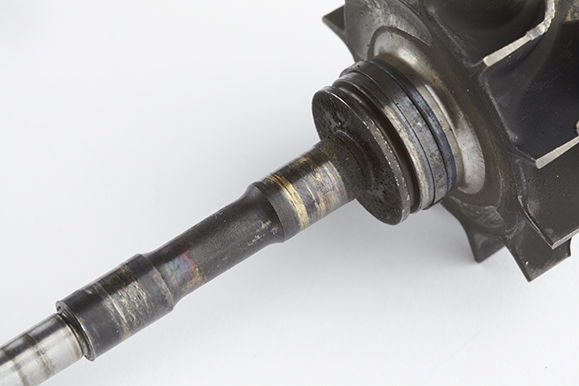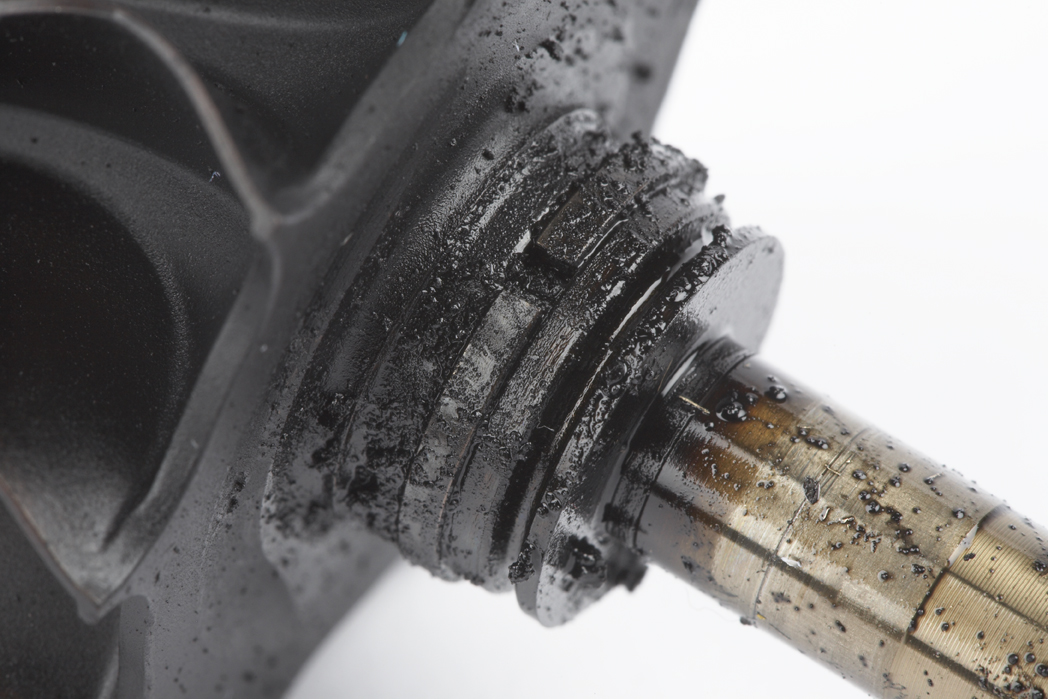Resource Highlights
In this article you will find out about oil contamination: how to determine if you have oil contamination and what you need to do if you discover oil contamination.

Oil Contamination | Maintaining the quantity of oil to your turbocharger is vitally important in maintaining the performance and longevity of the engine. However, it is equally important to ensure the optimum quality of oil too. Turbocharger bearing systems are manufactured to high precision, with the dimensions measured to within one micron… that’s around 100 times smaller than the width of a human hair! With the fine tolerances necessary to obtain such high shaft speeds, and thus the pressures necessary in modern fuel-efficient engines, it comes as no surprise to learn that the lubricating oil must be totally clean and free from contamination. |
Determining Oil Contamination | Oil contamination, or the reduction in the quality of the engine's lubricating oil, can come from a number of sources. The most likely include the following:
Did you know the oil filter element itself can break down and block up, becoming a hazard to the engine if not effectively maintained? It can lead to the oil bypass valve activating, and directing unfiltered oil in to the galleries and the turbo. This could result in the same damaging and expensive outcome when the turbocharger fails due to oil contamination. |
Consequences of Oil Contamination | Similarly to Foreign Object Impact and oil starvation, oil contamination can cause rapid and total turbocharger failure. The rapid propagation of hard metallic particles throughout the air and oil systems denotes the need for a comprehensive and methodical cleaning and inspection process, prior to replacing the turbocharger. |
If You Discover Oil Contamination |
|
SIGN UP TO FIND MORE
Fill up your details to hear more from our experts and get the latest updates from Delphi.



